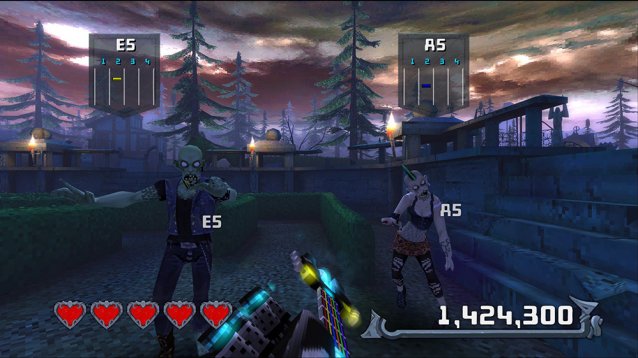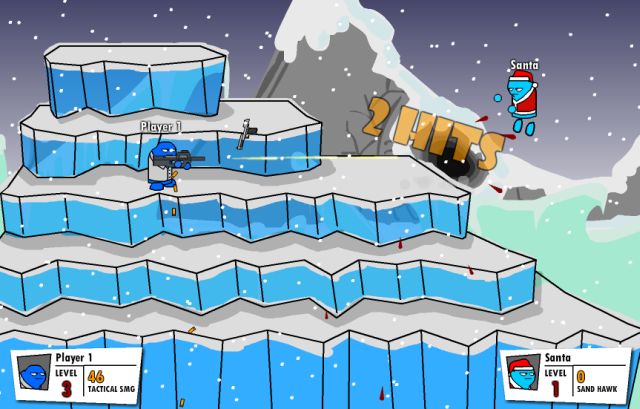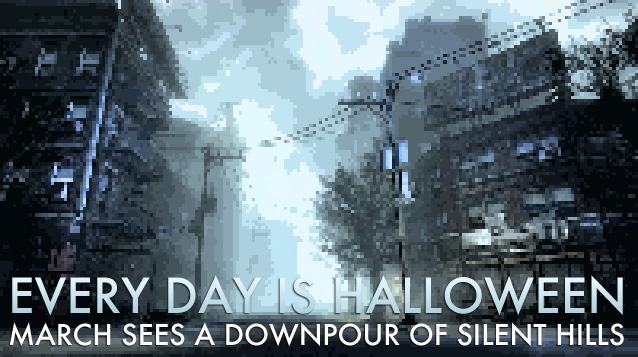


This is the second of three parts tracking the progress while taking the Rocksmith 60 Day Challenge alongside private guitar lessons. | Part 1| Part 2| Part 3 |
I wound the new steel string around the tuning peg and continued turning until the extra string pointed straight into the air. Jason, my guitar teacher, reached into his brown guitar case and pulled out a pair of pliers he used to snip off the dangling end. He then told me of guy he toured with who had a dangling guitar string pierce his eyeball as he bent over his guitar. "Water was leaking from his eye," he added. They eventually brought him to the hospital, leaving Jason with a memorable story that he probably he tells many other students.
With each session I learn the value of Rocksmith 2014 as a practicing tool, but also learn why I can't recommend it on its own. When my high E string snapped while tuning, I sat there for a few minutes trying to figure out what to do next. At that moment, I realized Rocksmith 2014 doesn't teach how to restring your guitar or tell you stories of pierced eyeballs.
Rocksmith 2014 gives players a huge list of different songs to play, so jumping from song to song won't teach very much. With just over 40 days of my Rocksmith 2014 60 Day Challenged finished, I stuck to Say It Ain't So by Weezer and reached 34.1% mastery. Saying that aloud sounds unimpressive, but that 34.1% means I learned power chords, memorized solo riffs and remembered fret placements. When I started Rocksmith 2014 I only played notes and chords. Now I'm playing songs.

The distinction between playing riffs and playing actual songs is important. Anyone can play the solo of songs with enough practice, but playing them alongside the verse, chorus and bridge requires actual skill. Playing a single song means you need to learn it by memorizing each part.With so many different fret placements, you can't just sight-play. When I play Say It Ain't So, I look at the highway on my T.V a see the chorus is coming, which means power chords start on the fourth fret. I know what to play already because Rocksmith is the guide for what I play on my guitar. Rocksmith is the conductor and it's up to the player to remember the chords.
The Riff Repeater helps players learn through repetition. If players want to play an entire song at 80% speed, that option exists too. The Riff Repeater lets players adjust difficulty, speed and length, and it's the best way to forcefully rid of nagging issues.To help remember each part, the Rift Repeater again shows why it's the best feature of Rocksmith 2014. I can't play Bends. One riff in Say It Ain't So starts with a Bend on the ninth fret of the G string. I again and again push that string up to the D string and Rocksmith refuses to accept my wobbly Bend.

The other alternative to improving your technique is the Guitarcade, yet it is a boring alternative. I spoke about the Guitarcade in the first part of the Rocksmith Challenge and understood how mini-games like String Skip Saloon can help players pluck individual strings with greater accuracy and speed. Through high-scores, leaderboards and challenges, these mini-games bring some incentive to otherwise boring exercises. Yet I won't play them for very long.
Within each song menu, Rockmsith generates three suggestions to improve your mastery. When Rocksmith recommends a mini-game like Ninja Slide N or Temple of Bends, I roll my eyes and hope it later swaps the recommendation for something within the Riff Repeater.
After 40 days of playing Rocksmith 2014 on a regular basis, I flaunt my 34.1% mastery like a platinum selling record. Rocksmith wants to teach players guitar, and while it appears to work well as a supplementary tool, it can't answer my little questions or help keep me motivated. When my 60 days ends I won't schedule any tours and come back with stories of pierced eyeballs, but I at least want to finish this Rockmsith challenge with a lofty 50% mastery.
Rocksmith 2014 Edition was developed by Ubisoft and published by Ubisoft. It was released on October 22nd, at the MSRP of $59.99. A copy was provided by the publisher for the purposes of review.




 Every Day is Halloween: March Sees a Downpour of Silent Hills
Every Day is Halloween: March Sees a Downpour of Silent Hills Destiny: The Taken King How to – Get Yourself A Sword
Destiny: The Taken King How to – Get Yourself A Sword Homefront Revolution comes with many side missions
Homefront Revolution comes with many side missions Top 10 Best Skyrim Mods: Make Skyrim More Awesome
Top 10 Best Skyrim Mods: Make Skyrim More Awesome Crush The Castle Walkthrough and Tips
Crush The Castle Walkthrough and Tips